Birch Hardwood Flooring Known for its Modern Look
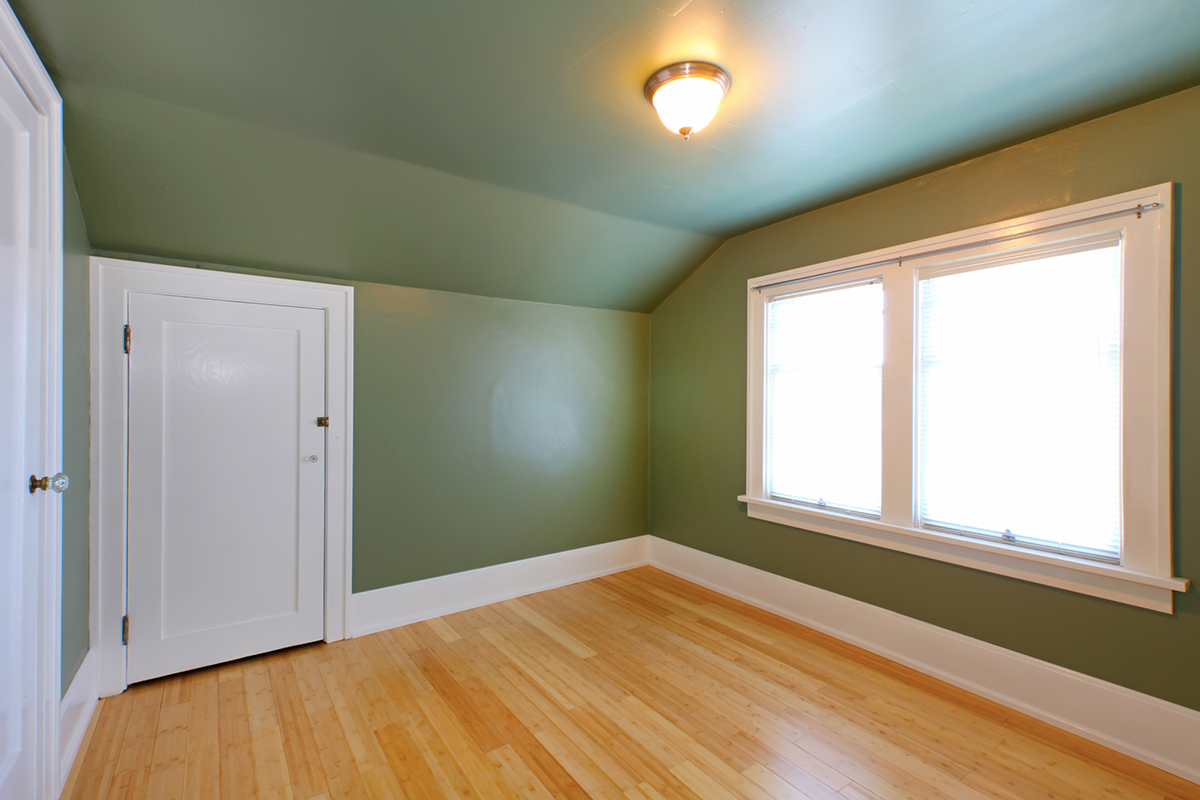
When you’re looking for a more contemporary look for you home’s design scheme, birch offers the qualities that make it a top flooring choice for modern and Scandinavian-inspired décor.
Birch hardwood features many color variations, with high-contrast grain patterns that add visual interest to floors. While the light, golden-colored hue used for many birch flooring applications is familiar to many homeowners, darker shades have been increasing in popularity and can often found in kitchens.
The grain patterns and rich colors of birch hardwood, along with its affordability, appeal to homeowners who value design aesthetics.
Here are some things you should know about Birch flooring:
Name: Birch trees are a member of the Betula family, which includes more than 50 species. Yellow Birch (Betula alleghaniensis) is the most common source of birch hardwood flooring, followed by Sweet Birch (Betula lenta).
Qualities: The grain contrast in Birch comes from the color difference between its lighter sapwood and darker heartwood.
Origins: North America
Janka Hardness Rating
With a Janka Hardness rating of 1260 out of 4000, the Yellow Birch wood species falls within the medium range for hardwood flooring options. The Janka Hardness scale is used to determine a hardwood’s resistance to dents, dings, and scratches. Industry experts conduct the test using a 2” x 2” x 6” piece of a wood specimen and a steel ball, which allows them to determine how many pounds per square inch of force will make the steel ball embed halfway into the wood. That result leads to the wood’s Janka Hardness rating. Woods at the low end of the scale will show more evidence of dings compared to those at the top. However, woods at the very top of the Janka Hardness Scale could be too difficult to cut for home applications. Also note that other species of Birch may be harder or softer, and Sweet Birch is rated at 1470.
Installation
Birch is easy to machine and stain, but it may take more time to install than some other woods, because installation is easier when pilot holes are made in planks before securing the floor with finishing nails.



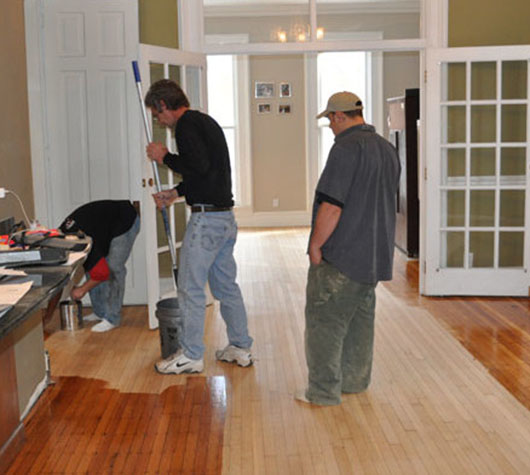 Repairing Scratched Hardwood Floors
Repairing Scratched Hardwood Floors
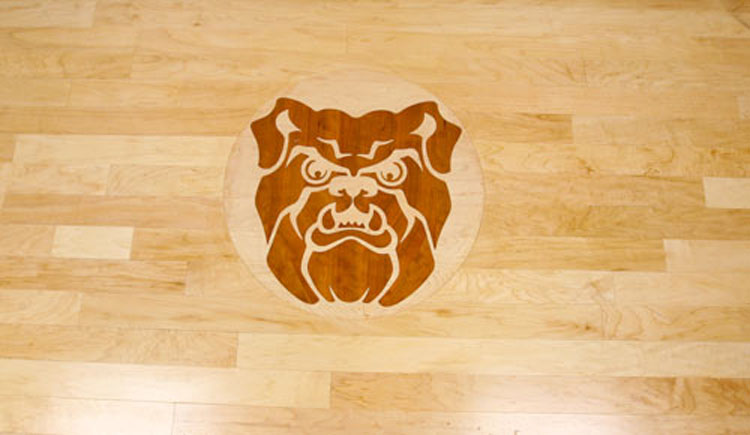 Hinkle Fieldhouse Butler Univers...
Hinkle Fieldhouse Butler Univers...
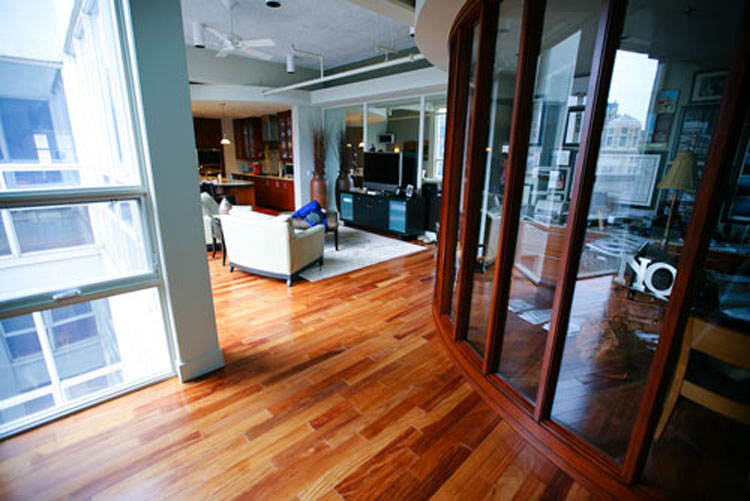 Penthouse Town Home Downtown Ind...
Penthouse Town Home Downtown Ind...
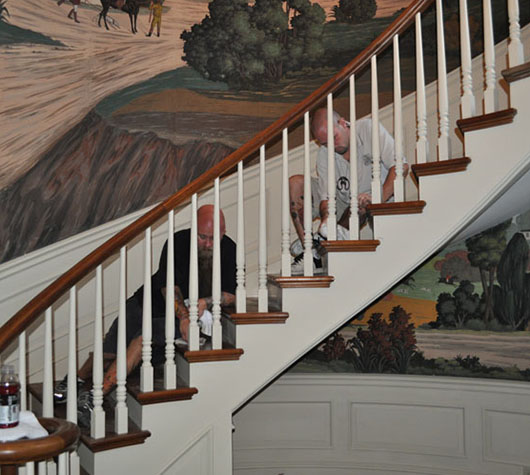 Antique Flooring Restoration
Antique Flooring Restoration
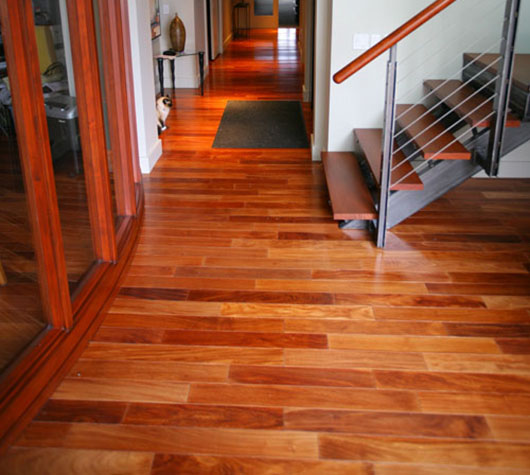 Brazilian Cherry Hardwood Floors
Brazilian Cherry Hardwood Floors







